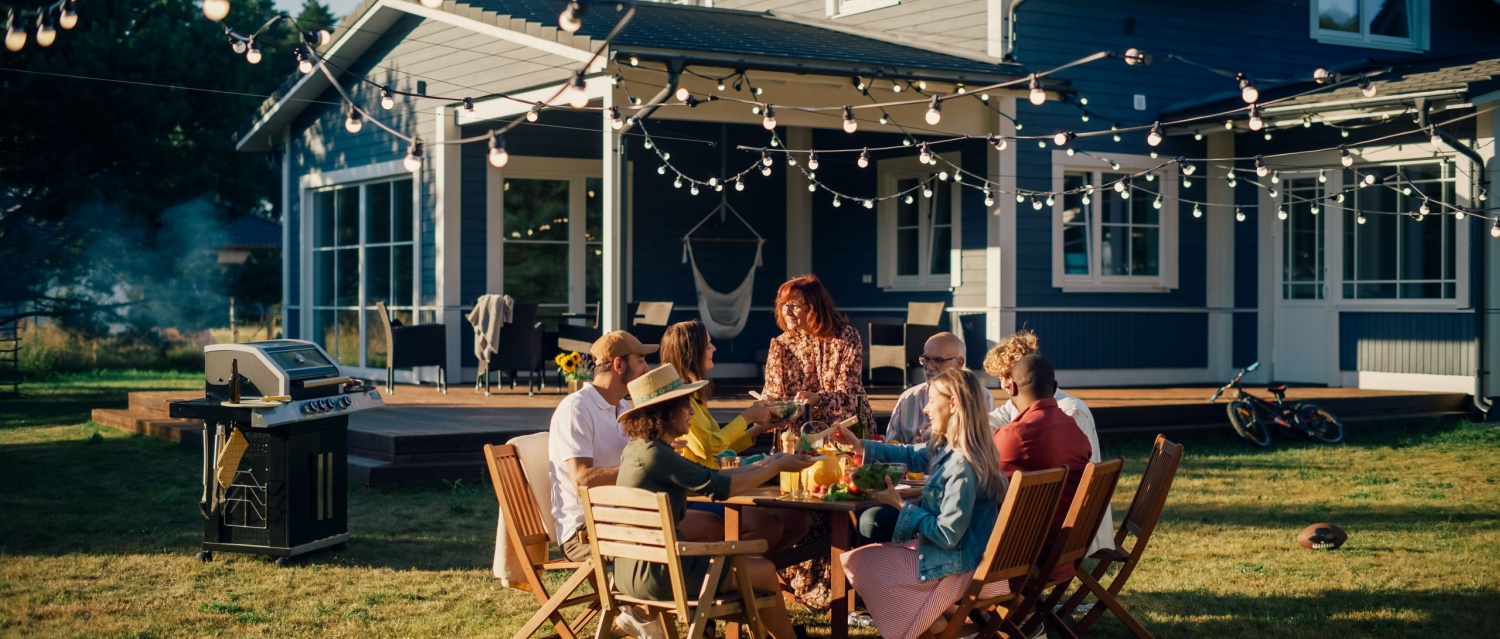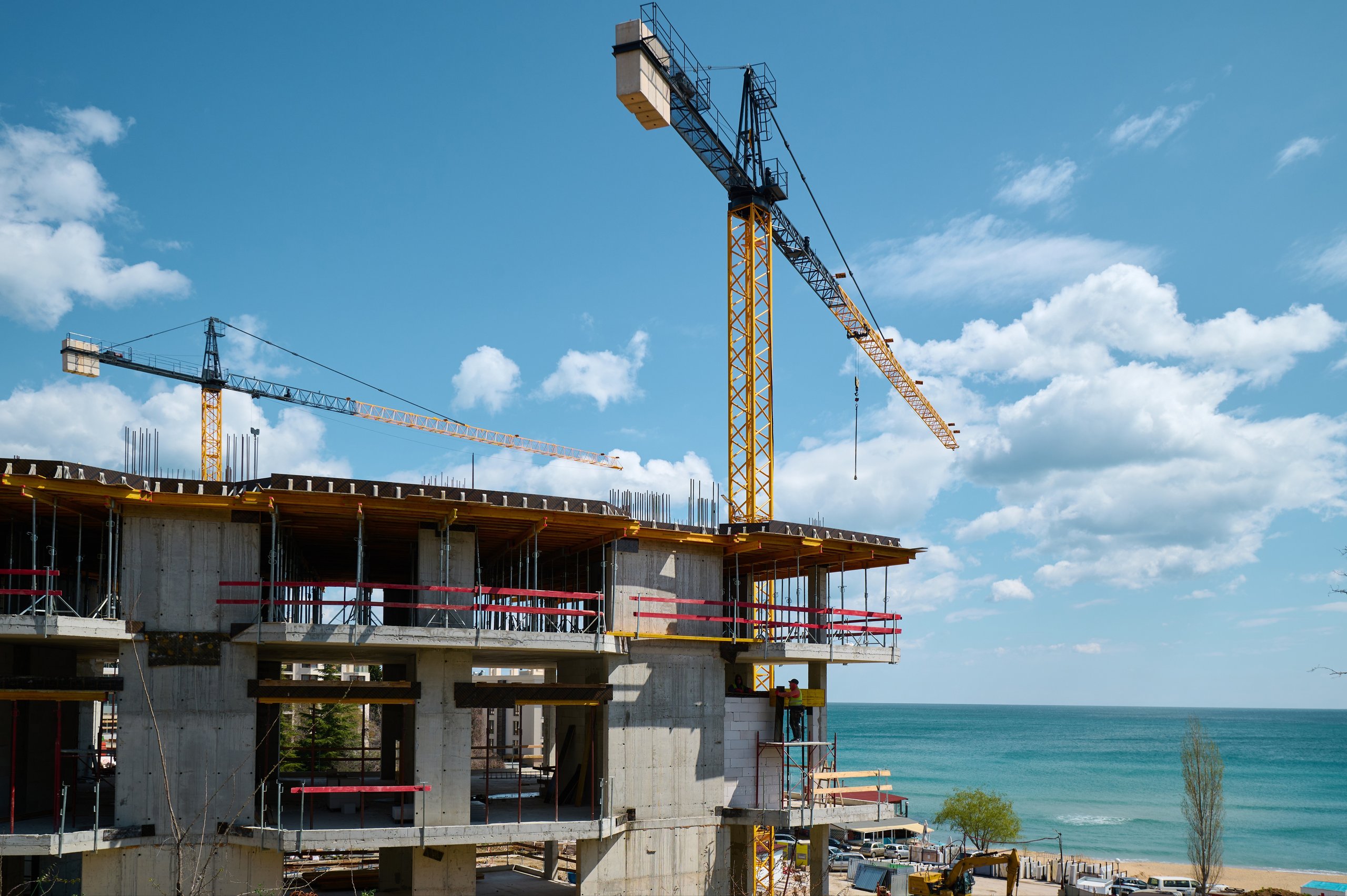Thinking of buying a home on one of Greece’s most photographed islands? From sparkling caldera views to black-sand beaches, here’s everything you need to know about owning property in Santorini.
Santorini’s drama isn’t just in its sunsets. This volcanic island in the Cyclades has been turning heads for centuries with its epic views, stark cliffs and sugar-cube buildings set against the deepest Aegean blue. For overseas buyers, Santorini isn’t just a holiday snap – it’s a chance to own a slice of Greece’s most recognisable island.
But what’s it really like to buy a home here? Is Santorini just for the super-rich or can you find something more affordable? This guide walks you through what to expect – including property types, where to look and how to make your purchase legally sound and financially secure.
Download the Greece Buying Guide
Contents
Why buy property in Santorini?
Santorini’s raw beauty is hard to match. Born of a volcanic eruption around 3,600 years ago, the island’s dramatic caldera and steep cliffs make for unforgettable scenery. Hiking trails wind across the island, offering views of whitewashed churches, wildflowers, olive groves and vineyards famous for Assyrtiko wine. Beneath the surface, divers explore caves, reefs and colourful marine life.
It’s not all cliffs and churches, though. Beaches in Santorini have their own unique appeal: Perissa’s long stretch of black volcanic sand is a favourite for sunseekers, while Red Beach lives up to its name with its vibrant cliff backdrop and top-notch snorkelling. Vlychada, dubbed “Moon Beach”, offers lunar-like landscapes for something truly different.
Life in Santorini changes with the seasons. Summer is busy – and expensive – as tourists pour in for the beaches, views and bucket-list sunsets. But outside of peak season, the island is much quieter and more relaxed. That’s when many second-home owners return for peaceful walks, sunny lunches and village life with locals.
While Santorini isn’t known for wild nightlife in the way Mykonos is, you’ll still find buzzing evenings in spots like Fira, Perivolos and Perissa.

What’s the weather like?
Summer in Santorini is reliably hot and sunny. July and August regularly reach 30°C, with long dry days and almost no rainfall. The meltemi wind can bring some relief from the heat – although it’s less intense here than in other Cycladic islands.
Come winter, temperatures dip to an average high of around 17°C from November to February. While it’s not exactly beach weather, it’s still comfortable for hiking or sightseeing – and hardy swimmers (or those in wetsuits) might still brave the sea year-round.
What can you get for your budget?
Santorini is one of Greece’s most expensive islands. The key price driver? The view. Homes with a caldera-facing terrace command a hefty premium.
Here’s a quick guide to what you might expect to pay:
| Property type | Typical price range | Caldera view? |
|---|---|---|
| Small renovated house in a village | €200,000-€400,000 | Unlikely |
| Modern villa with pool | €500,000-€1.5m | Possible (price depends on view) |
| Luxury caldera-facing property | €1.5m+ | Yes |
Apartments are relatively rare here – traditional whitewashed homes are more common, especially those that have been modernised inside. Luxury homes, often bought as investment properties, offer pools, private terraces and panoramic views.
Is Santorini a good investment?
According to Indomio, the average property price in Santorini in June 2025 was €4,812 per square metre. For comparison, it’s significantly less than Mykonos, which averaged €7,592 er square metre, but more expensive than Naxos, which was around €3,821.
With around 2m annual visitors, Santorini remains one of Greece’s top tourism hotspots. Holiday rentals can be highly lucrative, especially for homes in postcard-perfect locations.
That said, short-term rental regulations have tightened. The Greek government has recently introduced rules that restrict who can let homes out to tourists. The golden visa scheme has also changed: to qualify in Santorini, buyers now need to spend at least €800,000 – double the threshold for other regions.
How to get to Santorini
Santorini is easy to reach during the April to October season. Thira International Airport (JTR) welcomes direct flights from major European cities including London, Paris and Amsterdam.
In winter, your best bet is to fly to Athens and connect onwards. Alternatively, ferries run regularly between Santorini and nearby islands like Naxos, Mykonos and Crete – ideal for a bit of island-hopping.
Where to buy in Santorini
| Location | Key features | Ideal for |
|---|---|---|
| Fira | Island capital with lively nightlife, restaurants and shopping | Buyers who want to be in the centre of the action |
| Oia | Iconic sunsets, whitewashed houses, high-end villas | Romantic getaways and luxury seekers |
| Imerovigli | Peaceful area with panoramic caldera views | Buyers seeking tranquillity and views |
| Kamari | Resort village with long black-sand beach and amenities | Families and beach lovers |
| Perissa | Black sand beach, relaxed atmosphere, good value homes | Budget-conscious buyers looking for a laid-back setting |
| Akrotiri | Historic ruins, quiet community, near Red Beach | History buffs and privacy seekers |
11 steps to buying property in Santorini
1. Do your research
Download a property guide, sign up for webinars and narrow down the part of the island that suits your lifestyle.
2. Define your criteria
Work out your budget, location preferences and property type. Factor in up to 10% in buying costs.
3. Speak to a currency specialist
Exchange rate shifts can cost you thousands – protect your budget with a forward contract.
4. Get your AFM number
This Greek tax number is essential. Bring your passport and birth certificate to the local tax office.
5. Assemble your team
You’ll need an estate agent, a lawyer and possibly a tax advisor. Your Overseas Home can help you get started.
6. Book a viewing trip
Plan a visit and let your agent arrange property viewings that match your needs.
7. Make an offer
When you’ve found “the one”, your agent will help submit an offer. Your lawyer will begin checks and due diligence.
8. Pay a reservation fee
This takes the property off the market. You’ll then sign the preliminary contract and pay a deposit (often 10%).
9. Prepare for utilities
It can take weeks to get utilities connected, so get started early while the sale completes.
10. Sign the final contract
At the notary’s office, you’ll pay the balance and all relevant taxes and fees – then get the keys.
11. Register the property
Your lawyer will submit your ownership details to the Land Registry.
Frequently asked questions
Yes – foreign buyers can purchase property in Santorini. You’ll need to obtain a Greek tax number (AFM), work with a local lawyer and register the property at the Land Registry once the sale is complete. The main challenge is availability, as the island has a limited housing stock and caldera-view homes are highly sought after.
Santorini can be an excellent choice for retirement if you enjoy island living, dramatic landscapes and a relaxed pace outside the summer tourist season. Healthcare access is more limited than on the mainland, so it’s worth considering how often you may need to travel to Athens for specialist care. If you value spectacular scenery, a slower pace and close-knit communities, Santorini can be a highly rewarding place to retire.
Prices vary widely depending on location and whether the property has a caldera view. Modern villas with pools typically start around €500,000 and can rise to €1.5m or more. Luxury caldera-facing villas usually cost upwards of €1.5m, while simpler village houses without sea views can be found from €200,000.
You might also like:









